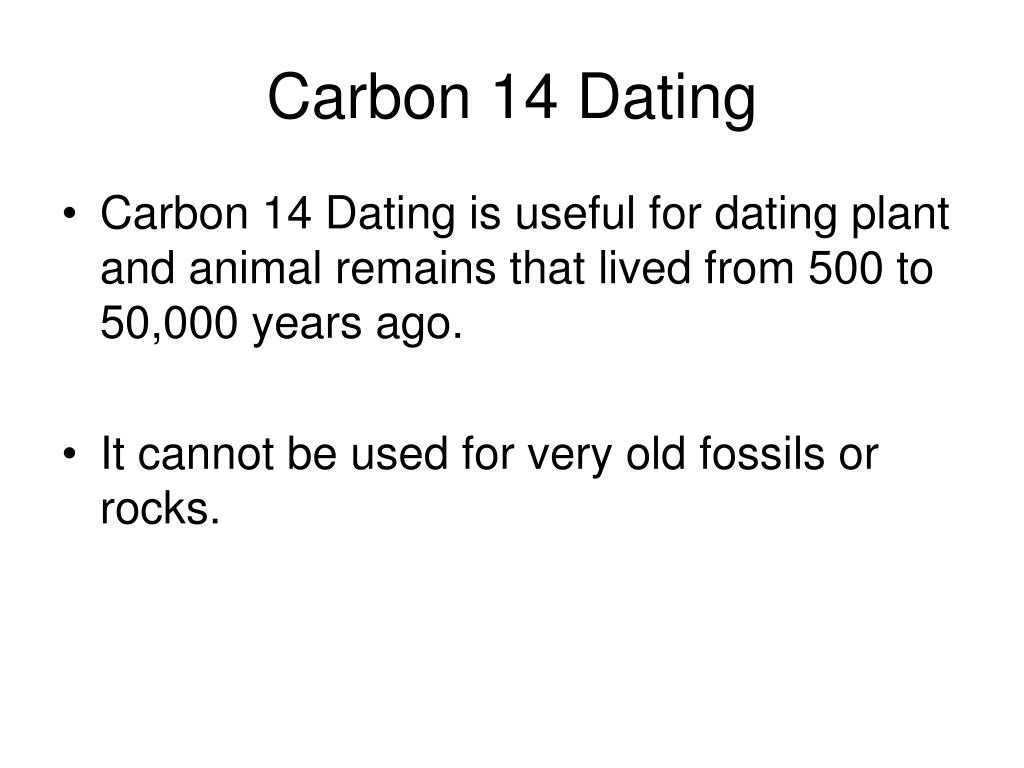
Is the amount of carbon-14 in the atmosphereĪnd in the water, and in living plants andĪnimals, is it constant? And if it isn't constant, how do Is based on the assumption that the amount ofĬarbon-14 in the atmosphere would have been roughly constantįrom when this bone was living to now? And so the question is, Is how do I know that this estimate I made This in the comments on YouTube on the last video,

Now, when I did that, I madeĪ pretty big assumption, and some you all have touched on Years since this bone was part of a living animal, Has gone by, or roughly for carbon-14, one half Of the carbon-14 that I would expect to find in a livingĪnimal or plant, that I said, hey, maybe one half life Measure its carbon-14, and I found that it had half Someplace, if I dug up a bone, and if I were to Talked about the idea that if I dug up a bone So by measuring the amount of carbon 14 something has that had not yet decayed, we can determine how long it's been since that "something" had interacted with the environment (how long it's been dead or buried) Carbon 14 is produced (mostly) by cosmic rays hitting the nitrogen within our atmosphere (as said within the last video), therefore something that does not interact with it's environment (dead or buried things) will not gain more carbon 14 after it stopped interacting with the environment. The most common isotope (think of isotope as a variation of an atom consisting of different number of neutrons) of carbon is carbon 12 (12 refers to the mass of the atom), since carbon 12 is one of the only stable isotopes of carbon. Half of all carbon 14 within a collection of carbon atoms decays into carbon 12 atoms every ~5700 years (carbon 14's half-life). Since carbon 14 is a radioactive isotopes of carbon, it is not stable (meaning it does not "last" forever without turning into something else). You can use an equation to figure out how many half lives have passed (how much your beep, beep has diminished.because it should be 1% of sample), and then you multiply # of half lives by 5730 years and you've got a good idea how old that carbon sample is.Carbon 14 dating uses the measurement of the ratio of carbon 14, out of all carbon atoms, within something. This means that there is hardly any C-14 in it. It has been there a LONG time, and when you test if for radioactive C-14, you. So you take a sample of carbon out of the ground and you weigh it.

If you came back 5730 years later, the same sample would beep.beep (it would lose half of its beeps.or said another way, half of its radioactive C-14 are gone).

So in that 100g sample, if you held a Geiger counter up to it (thing that goes beep, beep in the presence of certain radioactive decay events), the sample would beep, beep, beep, beep. So in a mass of 100g of dry carbon, you'd have about 1g of Carbon-14.Ĭarbon-14 has a half-life of 5730 years, and it undergoes beta decay in its decay process (things are radioactive because of an unstable ratio of neutrons to protons.and Beta decay increases proton number by 1 and decreases neutron number by 1). When an organism is made (tree, mammoth, you and me, etc), an isotope of carbon, C-14, gets incorporated into the matter at about 1% compared to the other carbon, C-12. Wikipedia will probably have some more details, but here's the idea. This is a very "cartoonish" explanation.because that is usually the way my brain works.


 0 kommentar(er)
0 kommentar(er)
